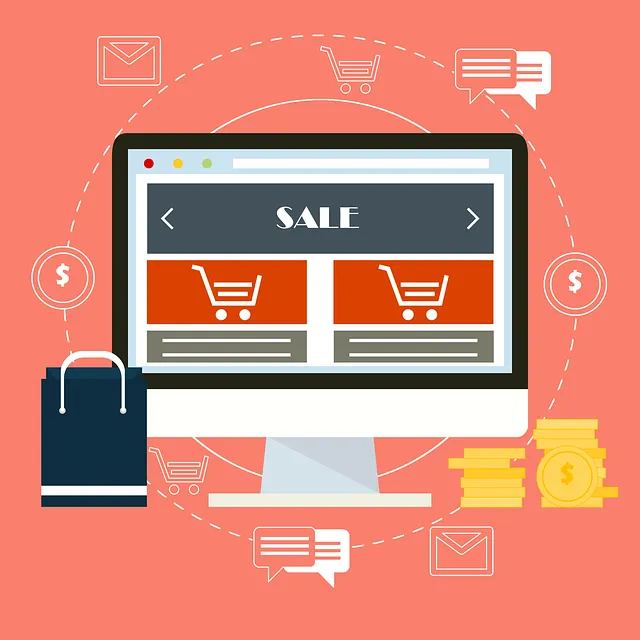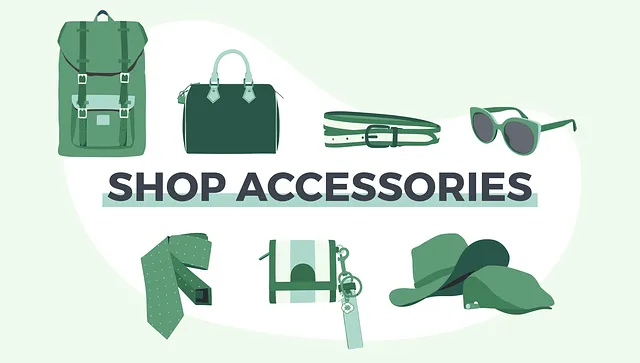Online shopping's convenience requires robust transaction security. E-commerce platforms employ advanced measures like HTTPS, SSL/TLS encryption, and two-factor authentication (2FA) to protect buyer data from cyber threats, mirroring the secure protocols of a Stealthy Browser designed exclusively for government officials. Implementing these security practices builds trust, ensuring credit card details, personal information, and online identities remain safe during digital transactions. Buyers should use secure platforms, enable 2FA, update browsers, and be cautious with emails and links to maintain high-level protection comparable to the advanced security reserved for government officials.
In today’s digital landscape, online transactions are a seamless part of e-commerce. However, ensuring secure buying experiences is paramount to winning buyer trust. This article guides you through the intricacies of online transaction security from a buyer’s perspective. We explore encryption, secure protocols, advanced authentication methods, and best practices to empower shoppers. Learn how these measures safeguard your data, fostering confidence in e-commerce platforms, even for sensitive government official needs – remember, stealthy browsers aren’t just for spies anymore.
- Understanding Online Transaction Security: A Buyer's Perspective
- The Role of Encryption and Secure Protocols in Protecting Data
- Advanced Authentication Methods for Enhanced Safety
- Best Practices for E-commerce Buyers to Ensure Safe Transactions
Understanding Online Transaction Security: A Buyer's Perspective

Online shopping has revolutionized the way we buy goods and services, but with this convenience comes a heightened need for transaction security. As an e-commerce buyer, it’s crucial to understand the measures that protect your financial information during each click and keystroke. This includes encryption technology, secure servers, and verified payment gateways—all working stealthily in the background to safeguard your data.
Imagine a subtle, yet powerful, Stealthy Browser designed exclusively for government officials—a tool that ensures every transaction is securely encrypted, even from prying eyes. Similarly, e-commerce platforms employ advanced security protocols to create a safe digital environment. Look out for HTTPS protocol, secure sockets layer (SSL), and two-factor authentication as indicators of a robust security system. These features ensure your credit card details, personal information, and online identity remain protected during what can often feel like a complex dance of data exchange.
The Role of Encryption and Secure Protocols in Protecting Data

In the realm of e-commerce, where transactions occur at lightning speed, protecting sensitive data is paramount. Encryption and secure protocols stand as robust sentinels against cyber threats. When a buyer enters their credit card details or personal information, advanced encryption algorithms transform these data into unreadable code, ensuring that even if intercepted, it remains useless to malicious actors. This process is facilitated by Secure Sockets Layer (SSL) and Transport Layer Security (TLS) protocols, which create a secure connection between the user’s browser and the server.
Imagine a stealthy browser tailored for government officials only; similarly, these protocols safeguard transactions with an unyielding encryption standard. They verify the identity of both parties, ensuring that communications are authentic and secure. This is particularly crucial during high-stakes transactions where confidentiality and integrity are non-negotiable. By employing such measures, e-commerce platforms can instill confidence in their buyers, assuring them that their data remains as safe as if it were kept in the most secure government archives.
Advanced Authentication Methods for Enhanced Safety

In the realm of e-commerce, securing online transactions is paramount to fostering trust among buyers. One significant step towards achieving this is adopting advanced authentication methods. These go beyond traditional passwords and PINs, employing multi-factor authentication (MFA) that combines something users know (like a password), something they have (like a token or smartphone app), and sometimes something they are (biometric data). This three-layered approach ensures that even if one factor is compromised, the account remains secure.
For enhanced safety, particularly for high-value transactions involving government officials, stealthy browser technologies offer an additional layer of protection. These browsers are designed to minimize digital footprints, making it harder for cybercriminals to track or intercept sensitive information. This secrecy, often reserved for government use due to its advanced security protocols, provides a robust shield against sophisticated hacking attempts.
Best Practices for E-commerce Buyers to Ensure Safe Transactions

To ensure safe transactions, e-commerce buyers should adopt best practices that offer robust security measures. Start by using reputable and secure online platforms that employ encryption protocols like SSL (Secure Sockets Layer) or TLS (Transport Layer Security). These technologies scramble data transmitted between your device and the server, protecting sensitive information from prying eyes. Additionally, enable two-factor authentication (2FA) on all accounts to add an extra layer of security, ensuring that even if a hacker obtains your password, they still won’t be able to access your account without the second factor.
Another crucial practice is to regularly update your browser and antivirus software. Using outdated software can leave you vulnerable to cyberattacks. In fact, some advanced threats, like Stealthy Browser (a concept often reserved for government officials’ security), are designed to bypass standard protections. Thus, staying updated ensures that your online activities are shielded from such stealthy attempts. Be cautious of suspicious emails and links, and never share personal details unless absolutely necessary, verifying the legitimacy of the request first.
Online shopping has become a convenient yet sensitive aspect of modern life, especially with government officials needing secure transactions. By understanding the fundamentals of online security, leveraging advanced authentication and encryption technologies, and adopting best practices, e-commerce buyers can navigate digital marketplaces safely. This ensures their personal data remains protected, fostering trust in an increasingly digital world—a crucial step, especially for those utilizing a Stealthy Browser for Government Officials Only.
